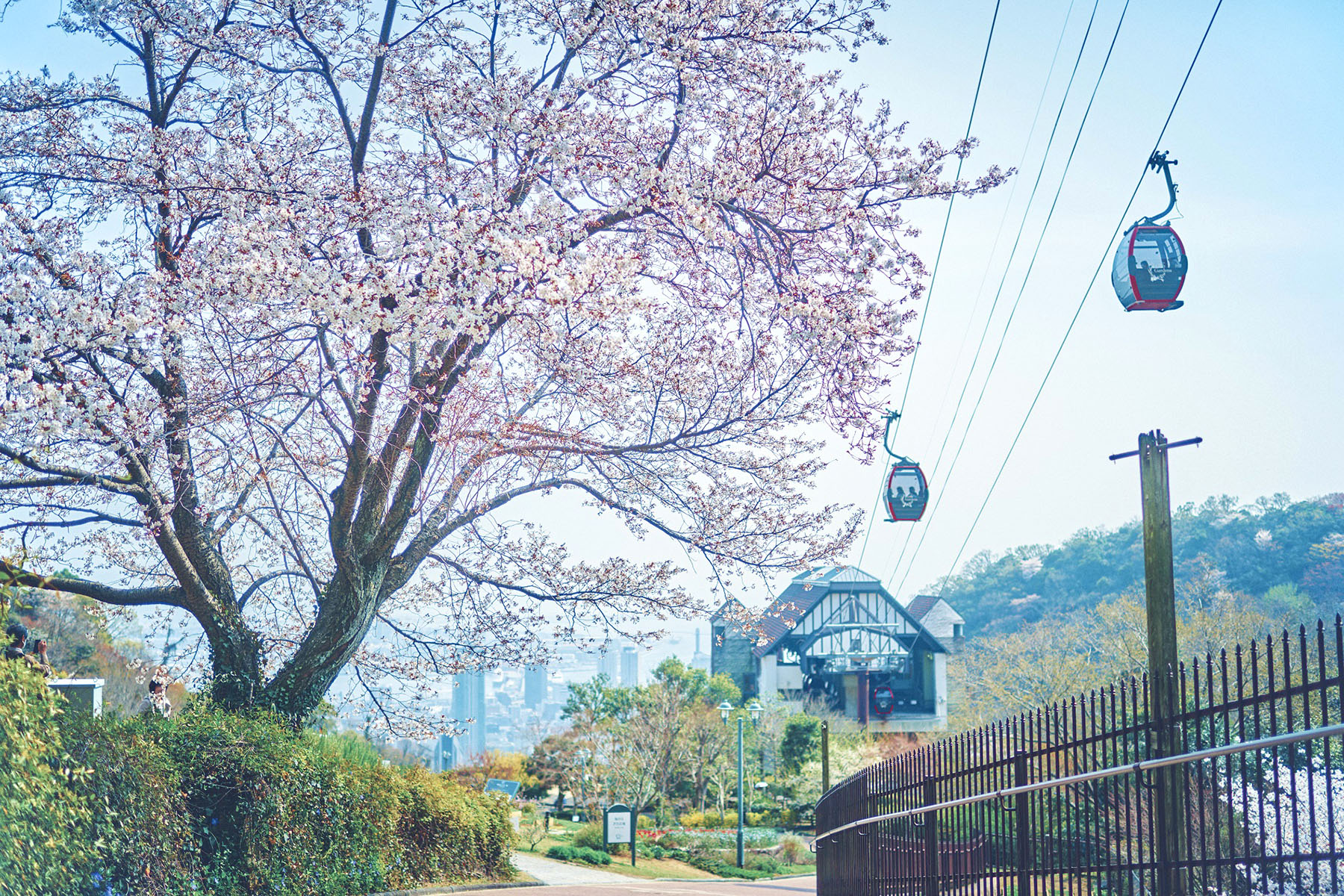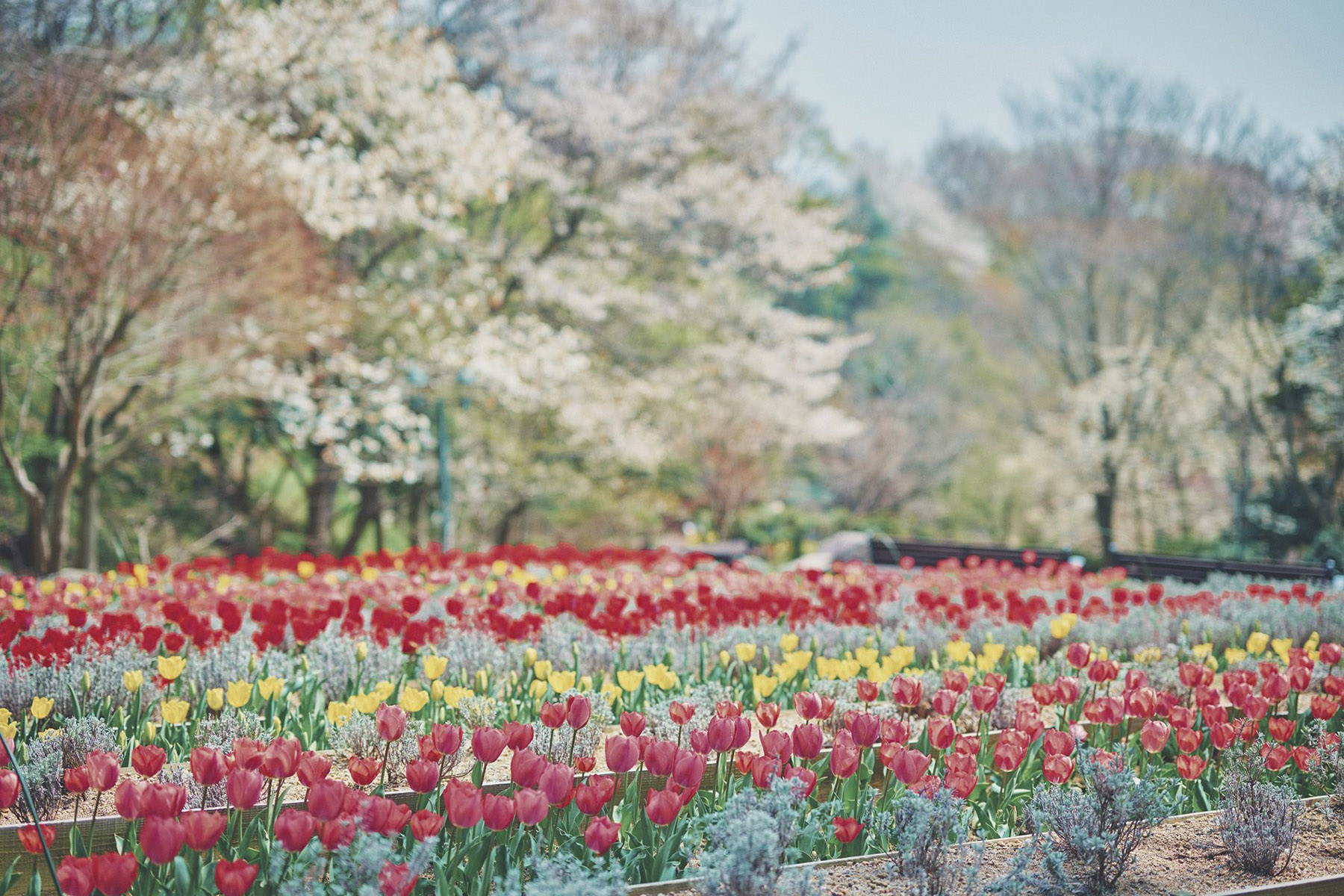Kobe and Tianjin’s 50-year friendship sees maritime gateways welcome stronger China-Japan ties

Editor’s note: Amity between the people holds the key to sound state-to-state relations. China Daily will come out with a series of stories highlighting Chinese cities’ special connections with sister cities, mutual understanding, trust, and friendship between peoples of different countries and cultural backgrounds, and shining light on “city diplomacy”.
As the Japanese saying goes: “Don’t walk behind me; I may not lead. Don’t walk in front of me; I may not follow. Just walk beside me and be my friend.” This embodies companionship but only partially captures the dynamic and enduring partnership between Tianjin in northern China and Kobe in western Japan. Their relationship is a fascinating dance of sisterhood and mutual support, forged over decades of collaboration since the two became friendship cities.
China and Japan normalized their relations in September 1972, setting the stage for interactions at all levels. Just a year later, in 1973, Tianjin and Kobe embarked on a new journey of friendship. On June 24, 1973, they signed a friendship city agreement, the first of its kind between a Chinese city and a Japanese city. The pact marked the beginning of a relationship that transcended national and political boundaries, forging a special bilateral bond.
More than 50 years later, Kenji Takahashi makes his daily commute along the tranquil Haihe River in Tianjin. As Takahashi walks along the river, he can see the striking similarities between Tianjin and his hometown Kobe.
As the former representative of Kobe in Tianjin, Takahashi sees a story rooted in their shared history — both were bustling ports and gateways to their respective countries, each boasting a rich maritime heritage.
Yet, it was a shared vision for the future that truly cemented their connection. As China began its reform and opening-up, Kobe — with its advanced infrastructure and industrial prowess — emerged as a valuable partner, offering experience and support.
“In the 1980s, Tianjin Port faced challenges of congestion and outdated infrastructure,” Takahashi said. “Recognizing the need for improvement, Kobe city sent delegations to offer guidance and expertise. They proposed a comprehensive long-term renovation plan for the Port of Tianjin, aimed at enhancing its efficiency and competitiveness in the maritime industry.”
He said this collaboration served as the bedrock for the development of the Port of Tianjin and stands as a milestone in the enduring ties between Tianjin and Kobe.
Today, Tianjin ranks eighth in the American Journal of Transportation’s Top 100 Container Ports. Customs data showed that in the first half of the year, Tianjin Port has cumulatively completed a cargo throughput of 248 million metric tons, a 3.1 percent year-on-year rise, and container throughput of 11.88 million TEUs (20-foot equivalent units), an increase of 4.6 percent year-on-year. The Port of Kobe, which ranked third in 1990, now ranks 65th.
It is no wonder that Takahashi — a frequent visitor to Tianjin’s port — marvels at its state-of-the-art infrastructure, seamless and automated operations, and sheer scale of activity.
Luan Jianzhang, director-general of the Foreign Affairs Office of Tianjin, said Tianjin has been dedicated to innovation and green technologies, as the Port of Tianjin is evolving into the world’s leading smart zero-carbon terminal and fulfilling its commitment to carbon reduction and neutrality.
“Over the past five decades, the cities of Tianjin and Kobe have engaged in fruitful collaboration across a spectrum of sectors, including port and logistics, healthcare, environmental protection, culture, sports, and animal conservation,” Luan said.
“The success of this collaboration has paved the way for Tianjin to form more friendship-city partnerships, fostering cultural dialogue and mutual understanding across different cities.”
A deep appreciation for people-to-people exchanges is at the core of the Tianjin-Kobe friendship. While official agreements provide a framework for cooperation, the personal connections forged between individuals also strengthen the bonds between cities and countries.

Mutsumi Kashiwase, a 22-year-old student majoring in Chinese language at Kobe City University of Foreign Studies, joined the international student class at Tianjin Foreign Studies University last year, where she delved into the intricacies of Chinese grammar, lengthy texts, and the art of calligraphy.
During her time in Tianjin, Kashiwase frequently interacted with Chinese graduate students. Every two weeks, students from the School of Japanese Studies would engage in discussions in Japanese with students like her, fostering strong relationships among them.
“Students in Tianjin were genuinely enthusiastic, discussing topics like Japanese language learning and anime with me,” Kashiwase said. Their kindness and hospitality have left a lasting impression on her perception of China and its people.
In 1983, on the 10th anniversary of the friendship-city relationship, Kobe City University of Foreign Studies and Tianjin Foreign Studies University signed an agreement on establishing an exchange program.
From 2007 to 2023, the Kobe university sent 12 undergraduate students to Tianjin and received 16 graduate students from the Tianjin university, said a public relations officer at Kobe City University of Foreign Studies.
The spirit of friendship also extends to younger generations. In the past two months, hundreds of students from Kobe and other Japanese cities have visited Tianjin on a “Friendship Tour” organized by Tianjin’s Foreign Affairs Office.
“I was captivated by Tianjin’s architecture and was eager to learn more about it while interacting with teenagers in the city,” one of the students said. “Though one week was short, it promised to be an unforgettable experience.”
The Tianjin-Kobe relationship goes beyond diplomatic exchanges, touching the daily lives of people, especially the youth, and fostering a deeper cultural understanding. This has laid the groundwork for a future built on mutual respect and shared interests.

Yukako Ooka, now with the Beijing office of the Japan Foundation, recalled: “As part of joint Sino-Japanese conservation research efforts, the giant panda Dan Dan arrived at Kobe Oji Zoo on July 16, 2000, sparking fascination among the local community for this adorable creature. Later, the arrival of a pair of golden snub-nosed monkeys from Tianjin Zoo further delighted Kobe residents.”
Ooka has actively promoted exchanges between the two cities for 25 years. Last year, she helped organize the Kobe City and China photo exhibition, commemorating the 50th anniversary of the Tianjin-Kobe friendship.
Traditional friendship-city relationships were often seen as ‘dots and lines’ connecting citizens or specific fields. However, with the rise of social media, these connections have evolved into more comprehensive relationships, enabling collaboration across multiple sectors,” she said.
“I believe we should continue creating opportunities for collaboration between the ‘Kobe Spirit’ and the ‘Tianjin Spirit’, enhancing the appeal of both cities and countries in a mutually beneficial way.”
Experts said that with these remarkable outcomes, Tianjin and Kobe have established a new collaboration model between local governments in China and Japan.
“Tianjin and Kobe, as the representatives of Sino-Japanese friendship cities, have set a good example of collaboration,” Xiu Gang, former president of Tianjin Foreign Studies University, said. “This not only reflects friendly exchanges among people in the two cities but also points out an important path for promoting mutual understanding between China and Japan.”
Given the current challenges in China-Japan relations, it is essential that both countries cultivate a peaceful and friendly strategic relationship that transcends sociopolitical differences and ideological divides, he said.
Luan said the enduring bond between Tianjin and Kobe fully demonstrates the power of international collaboration and mutual respect.
As both cities continue to innovate and grow, their partnership sets an example for other cities worldwide, demonstrating that cooperation and understanding can pave the way for a brighter, more sustainable future.
Yang Cheng in Tianjin contributed to this story.
Contact the writers at liujianqiao@chinadaily.com.cn


